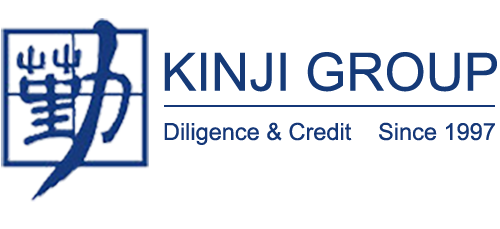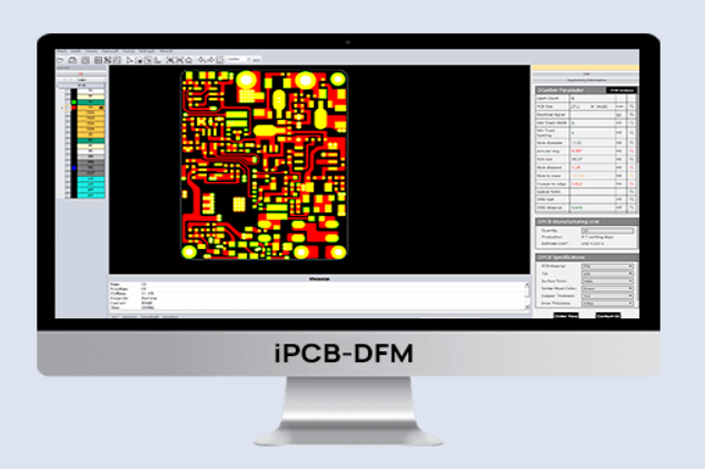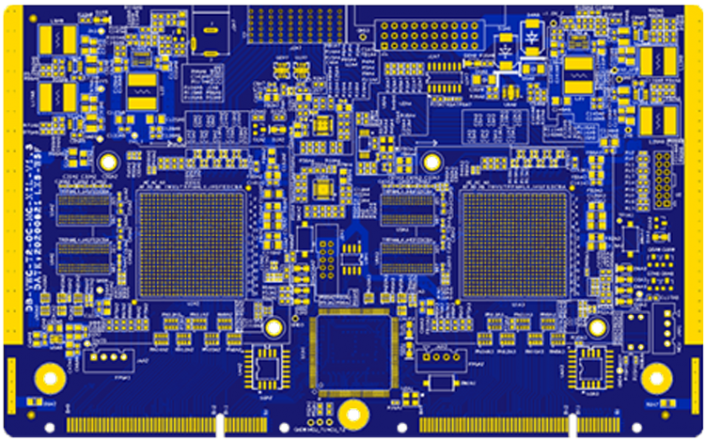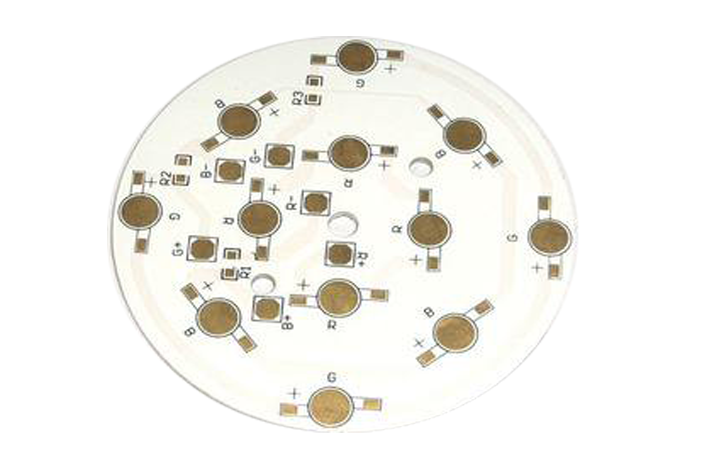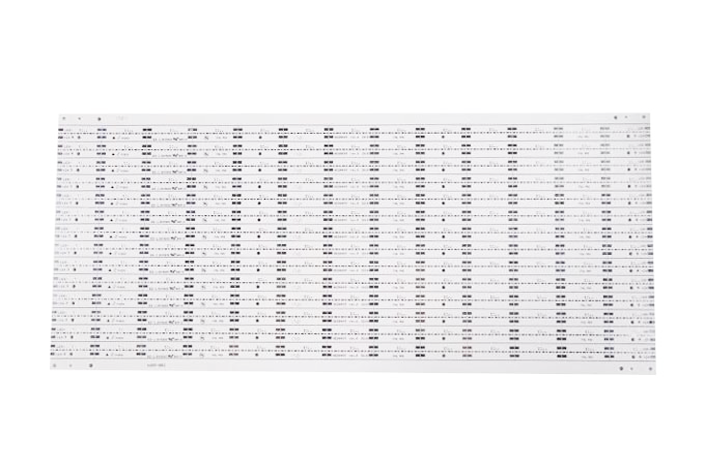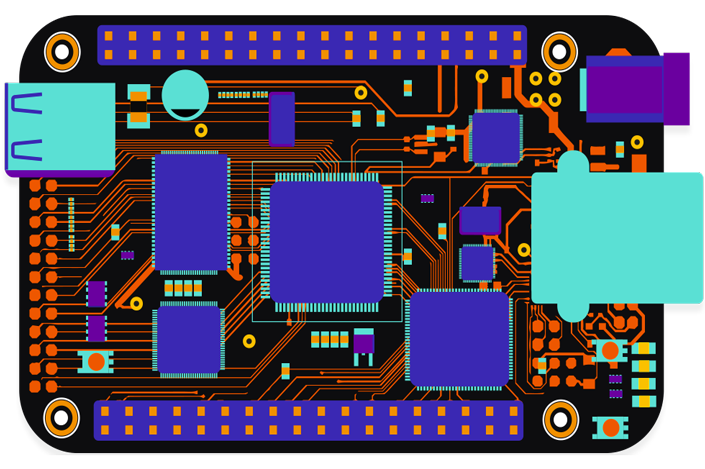High Quality Rigid Flex PCB Board
July 25, 2022
What is rigid flex PCBs?
Rigid Flex Circuit Boards are composed of a combination of rigid and flexible circuit boards that are permanently connected to one another.
Rigid Flex Circuits combine the best of both rigid boards & flex circuits into one unit.
The proper application of Rigid-Flex circuit boards offers optimum solutions for difficult, limited space conditions.
This technology offers the possibility of a secure connection of device components with the assurance of polarity and contact stability, as well as a reduction in plug and connector components.
Additional advantages of Rigid-Flex circuit boards are dynamic and mechanical stability, the resulting 3-dimensional freedom of design, simplified installation, space savings, and maintenance of uniform electrical characteristics.
Use of Rigid-Flex circuit boards can reduce the total cost of the final product.
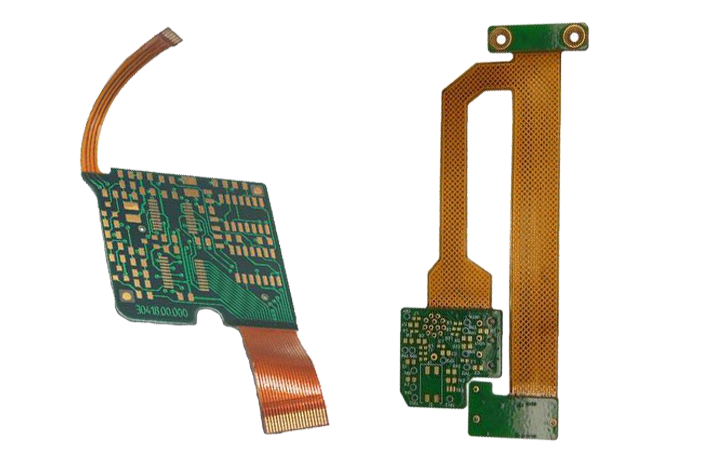
Rigid-Flex PCBs Applications
The increasing trend of miniaturization of electronic systems demands highly flexible PCB boards. Rigid-flex PCBs contribute largely in this regard, adding to its popularity in the marketplace. Several advantageous factors that add to the popularity of rigid-flex PCBs for a wide range of industrial and commercial applications. These include:
Reduced manufacturing cost as fewer parts are needed for the entire assembly.
Extreme reliability due to the assembly with minimal number of wires, cables, plug-in connections, and solder joints.
Occupy less space when compared to traditional boards.
Due to all these reasons, rigid-flex circuit boards are commonly used in the assembly of several kinds of electronic systems in various industries.
Rigid-Flex – Industries Served
Rigid-flex PCB’s applications are myriad. They are used in small consumer products like phones, and multimedia players to sophisticated military/avionics systems.
Rigid-flex applications are listed in a nutshell below:
Industry – Medical
Applications – Pacemakers, cochlear implants, handheld monitors, imaging equipment, drug delivery systems, wireless controllers, among others.
Industry – Military
Applications – Weapons guidance systems, communication systems, GPS, aircraft missile-launch detectors, surveillance or tracking systems, and others.
Industry – Aerospace
Applications – Radar equipment, GPS, radio communication systems, control tower systems, sensors, noise and vibration testing systems, motion sensors, environmental and climatic test chambers.
Industry – Telecommunication
Applications – Base stations, handheld units, communication satellites, wireless communication systems, signal processing systems, transmission media, routers and servers, online signal expansion systems and so on.
Industry – Automotive
Applications – Electronic control module, transmission controls, LCD displays, comfort control units, air conditioning systems, music systems, traction control systems, entertainment systems, and navigation systems.
Industry – Manufacturing/Industrial
Applications – Test equipment, electrical switches, industrial automation systems, control panels, industrial air conditioners, and CCTV surveillance systems.
Industry – Consumer Appliances
Applications – Oven, TV remote controllers, washing systems, lighting systems, solar power systems, UV water purifiers, electronic irons, among others.
When compared to traditional rigid boards, rigid-flex circuit boards have several benefits. Some of these include; reduced packaging weight, minimized manufacturing costs, and abated interface connections. Also, they can resist sudden temperature excursions during the manufacturing processes and can withstand the harshest conditions in the application area. Moreover, they are flexible and can be used in applications where space is a constraint. Due to all these reasons, rigid-flex circuit boards are largely procured for applications across industrial/commercial/and domestic sectors.
What is the best PCB manufacturer?
We are your one-stop CHINA PCB supplier for competitive price PCBs, FR4 pcbs, Aluminum PCBs, FPC, rigid-flex and flex PCBs. Our high-quality prototype flex and rigid-flex PCB are trusted by thousands of customers, Your first-to-go Choice! Let PCBpartner design yours today!Get a Fast & Accurate Quote to Start and Finish Your PCB Project Today!
Are flexible PCBs expensive?
In general, the cost to produce a PCB will cost between $10 and $50 per board. The actual price will be determined by the manufacturer and could be higher or lower based on the components, size, and type of material used. Sometimes, the smaller boards cost more because they require more labor hours to get components working properly, especially if the board has to power something like a smartphone or other small, complicated device.
How to reduce the overall cost of flex and rigid-flex PCBs
Keep the number of layers as minimum as possible
The number of prepreg plies required is reduced as the number of layers in the design is reduced. Limiting the number of layers of flexible circuitry lowers the overall cost. Simultaneously, fewer layers boost the manufacturer’s ability to improve manufacturing yields.
Use rigid substrates to obtain overall thickness in rigid-flex designs
If a specific overall thickness needs to be attained, make use of rigid board laminates instead of no flow prepreg or flexible laminates. Flexible laminates are costlier than rigid laminates.
Efficient panel utilization
A panel, or a circuit board array, is a large sheet of material that contains several individual PCBs. Overall manufacturing costs can be reduced by efficient usage of panel surface area. The image above shows an example of inefficient and efficient flex panelization.
Uniform stiffener thickness
Always use stiffeners with uniform thickness. This reduces the fabrication time and in turn reduces the cost.
Limit the number of vias
When compared to through-holes, blind and buried vias require significantly more manufacturing steps which increase processing time and lowers yields. Reducing the number of vias in the flex board can reduce the overall cost.
Cost optimization should be considered during the initial stage of circuit board design. Identifying the least expensive cost drivers of a flex PCB requires accurate design solutions and clear engineering strategies. Understanding the pros and cons of using a particular material, hole drilling techniques, stiffener types, trace width and spacing, etc. can help prevent future production failures. Planning ahead of time and consistent discussion with your PCB manufacturer will help you optimize time and cost.
Let us know in the comment section if you want to know more about our flex board capabilities.
How to reduce the overall cost of flex and rigid-flex PCBs
1. Keep the number of layers as minimum as possible
The number of prepreg plies required is reduced as the number of layers in the design is reduced. Limiting the number of layers of flexible circuitry lowers the overall cost. Simultaneously, fewer layers boost the manufacturer’s ability to improve manufacturing yields.
2. Use rigid substrates to obtain overall thickness in rigid-flex designs
If a specific overall thickness needs to be attained, make use of rigid board laminates instead of no flow prepreg or flexible laminates. Flexible laminates are costlier than rigid laminates.
3. Efficient panel utilization
A panel, or a circuit board array, is a large sheet of material that contains several individual PCBs. Overall manufacturing costs can be reduced by efficient usage of panel surface area.
4. Uniform stiffener thickness
Always use stiffeners with uniform thickness. This reduces the fabrication time and in turn reduces the cost.
5. Limit the number of vias
When compared to through-holes, blind and buried vias require significantly more manufacturing steps which increase processing time and lowers yields. Reducing the number of vias in the flex board can reduce the overall cost.
